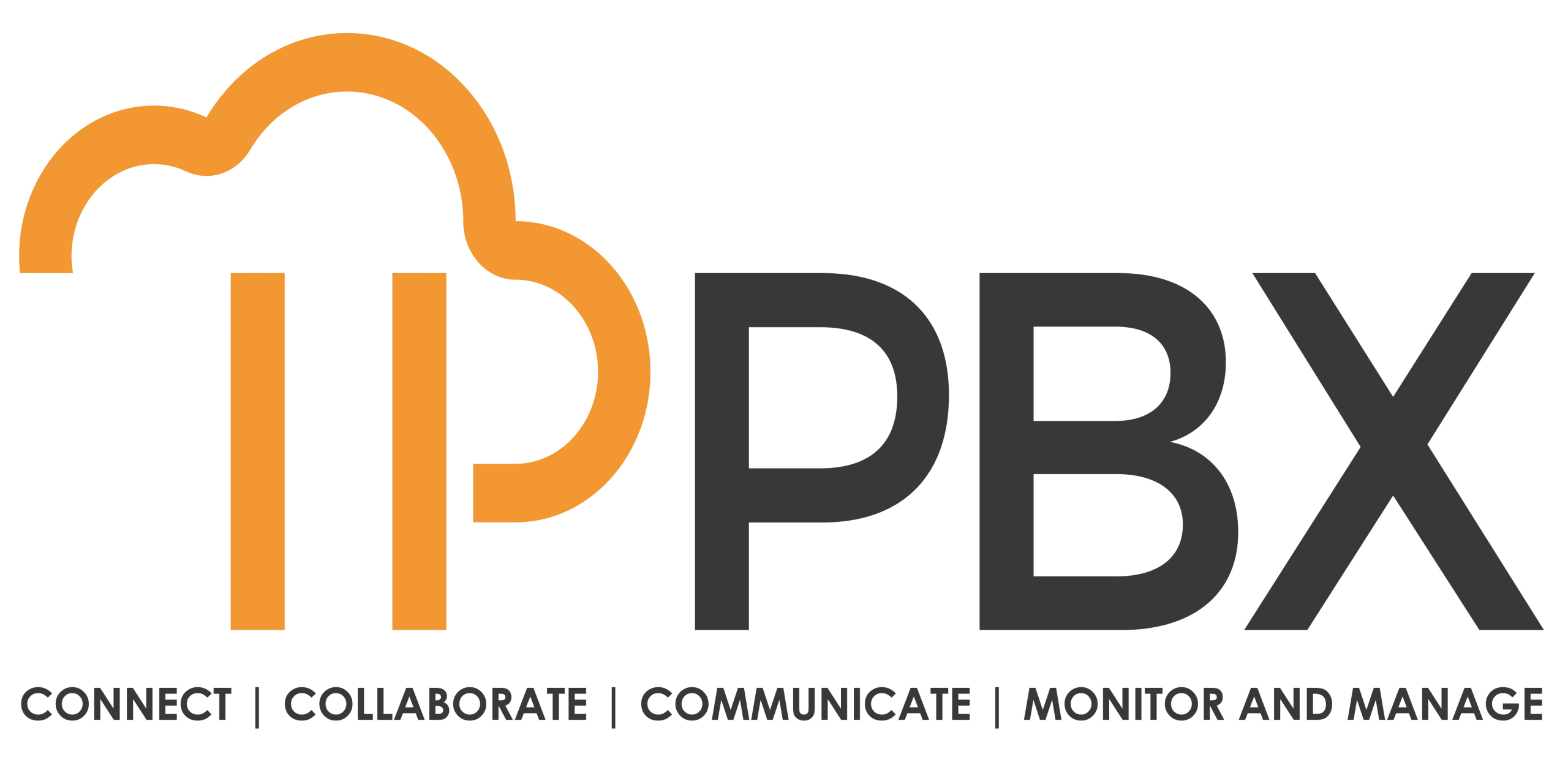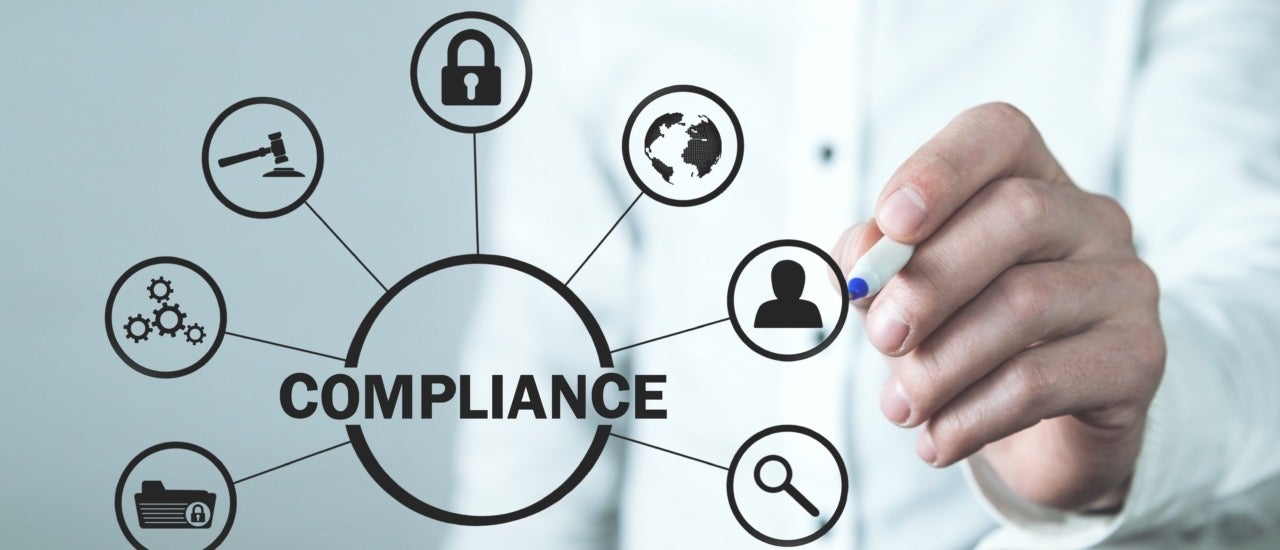In an increasingly complex regulatory environment, businesses must prioritize compliance monitoring to safeguard their operations and reputation. As regulations evolve and the consequences of non-compliance become more severe, organizations need to adopt smart compliance monitoring strategies that not only ensure adherence to legal standards but also future-proof their operations. This article explores the significance of compliance monitoring, its benefits, and how businesses can implement effective compliance strategies to thrive in the long term.
Understanding Compliance Monitoring
Compliance monitoring refers to the systematic process of ensuring that an organization adheres to applicable laws, regulations, and internal policies. This includes monitoring activities related to financial regulations, data protection laws, health and safety standards, and industry-specific requirements. With the rise of digital transformation, businesses face unprecedented challenges in maintaining compliance, making it essential to implement robust compliance monitoring systems.
Smart compliance monitoring leverages technology to streamline compliance processes, enhance data accuracy, and provide real-time insights into compliance status. By integrating automation and data analytics, organizations can proactively identify compliance risks and take corrective actions before issues escalate. This proactive approach is crucial for future-proofing businesses against evolving regulatory landscapes.
The Importance of Compliance Monitoring in Business
1. Proactive Risk Management
One of the primary advantages of compliance monitoring is its ability to facilitate proactive risk management. By continuously monitoring compliance with regulations and internal policies, organizations can identify potential risks before they lead to serious consequences. For instance, regular audits and assessments can reveal gaps in compliance processes, allowing businesses to implement corrective measures promptly.
Proactive risk management not only helps avoid penalties and legal repercussions but also strengthens the overall risk management framework. Companies that prioritize compliance monitoring are better positioned to navigate regulatory changes and adapt to new requirements.
2. Enhanced Operational Efficiency
Effective compliance monitoring can lead to increased operational efficiency. By automating compliance processes and streamlining workflows, organizations can reduce the time and resources spent on manual compliance checks. This efficiency allows employees to focus on their core responsibilities rather than getting bogged down by compliance-related tasks.
Moreover, by identifying inefficiencies within existing processes, compliance monitoring can help organizations optimize their operations. For example, if compliance checks reveal that certain procedures consistently lead to violations, businesses can reevaluate those processes and make necessary adjustments to enhance efficiency.
3. Building Stakeholder Trust
Maintaining compliance is essential for building trust with stakeholders, including customers, investors, and regulatory bodies. A strong compliance monitoring program demonstrates an organization’s commitment to ethical practices and regulatory adherence. This commitment can enhance the organization’s reputation and strengthen relationships with stakeholders.
In industries such as finance, healthcare, and manufacturing, where trust is paramount, effective compliance monitoring can differentiate an organization from its competitors. Companies that prioritize compliance are often viewed as more reliable and responsible, which can lead to increased customer loyalty and investor confidence.
4. Streamlined Regulatory Reporting
Compliance monitoring simplifies the process of regulatory reporting. Many regulations require organizations to submit regular reports to demonstrate their compliance status. An effective compliance monitoring program ensures that the necessary data is collected, analyzed, and reported accurately and promptly.
By automating data collection and reporting processes, organizations can reduce the risk of errors and omissions in their submissions. This not only helps organizations stay compliant but also saves time and resources that can be allocated to other critical areas of the business.
5. Supporting Continuous Improvement
A crucial aspect of compliance monitoring is its role in fostering a culture of continuous improvement. By regularly reviewing compliance practices and outcomes, organizations can identify patterns and trends that inform decision-making. This iterative process allows firms to refine their compliance programs, enhancing their effectiveness over time.
Continuous improvement also involves employee training and education. By providing ongoing training on compliance requirements and best practices, organizations can ensure that employees understand their responsibilities and are equipped to contribute to a compliant workplace.
Strategies for Effective Compliance Monitoring
To future-proof your business with smart compliance monitoring, consider implementing the following strategies:
1. Establish a Comprehensive Compliance Framework
A robust compliance framework is essential for effective monitoring. This framework should outline the organization’s compliance objectives, policies, and procedures. It should also define the roles and responsibilities of employees involved in compliance efforts.
By establishing a clear compliance framework, organizations can create a structured approach to compliance monitoring, ensuring that all team members understand their responsibilities and the importance of adherence to regulations.
2. Leverage Technology
Technology plays a critical role in enhancing compliance monitoring efforts. Organizations should invest in compliance management software that automates monitoring tasks, tracks regulatory changes, and streamlines reporting processes. These tools can provide real-time visibility into compliance status, making it easier to identify potential risks and areas for improvement.
Additionally, data analytics tools can be employed to analyze compliance data, enabling organizations to gain insights into trends and patterns that may indicate compliance risks. Advanced technologies such as artificial intelligence (AI) can also enhance compliance monitoring by automating routine tasks and providing predictive insights.
3. Conduct Regular Audits and Assessments
Regular audits and assessments are vital for evaluating the effectiveness of compliance monitoring programs. By conducting internal audits, organizations can identify potential gaps in compliance and assess the effectiveness of existing controls. These audits should be performed periodically and be comprehensive enough to cover all relevant areas of compliance.
External audits conducted by third-party organizations can also provide valuable insights and recommendations for enhancing compliance monitoring efforts. Engaging independent auditors can help organizations gain an objective perspective on their compliance practices.
4. Foster a Culture of Compliance
Creating a culture of compliance within the organization is essential for successful compliance monitoring. Leadership should emphasize the importance of compliance and encourage employees to take ownership of their roles in maintaining compliance. This can be achieved through regular training sessions, workshops, and open communication about compliance expectations.
When employees understand the significance of compliance and feel empowered to uphold it, the organization is more likely to achieve its compliance objectives.
5. Monitor Regulatory Changes
The regulatory landscape is constantly evolving, and organizations must stay informed about changes that may impact their compliance obligations. Establishing a process for monitoring regulatory changes allows organizations to adapt their compliance programs as needed.
This proactive approach ensures that organizations remain compliant with new regulations and can quickly implement necessary adjustments to their compliance monitoring efforts.
Conclusion
In conclusion, compliance monitoring is essential for future-proofing your business in an increasingly complex regulatory environment. By prioritizing smart compliance monitoring strategies, organizations can proactively manage risks, enhance operational efficiency, and build trust with stakeholders. Implementing best practices such as establishing a compliance framework, leveraging technology, and fostering a culture of compliance will further strengthen organizations’ ability to navigate the challenges of today and tomorrow. Investing in compliance monitoring today will pave the way for sustainable success in the future.

